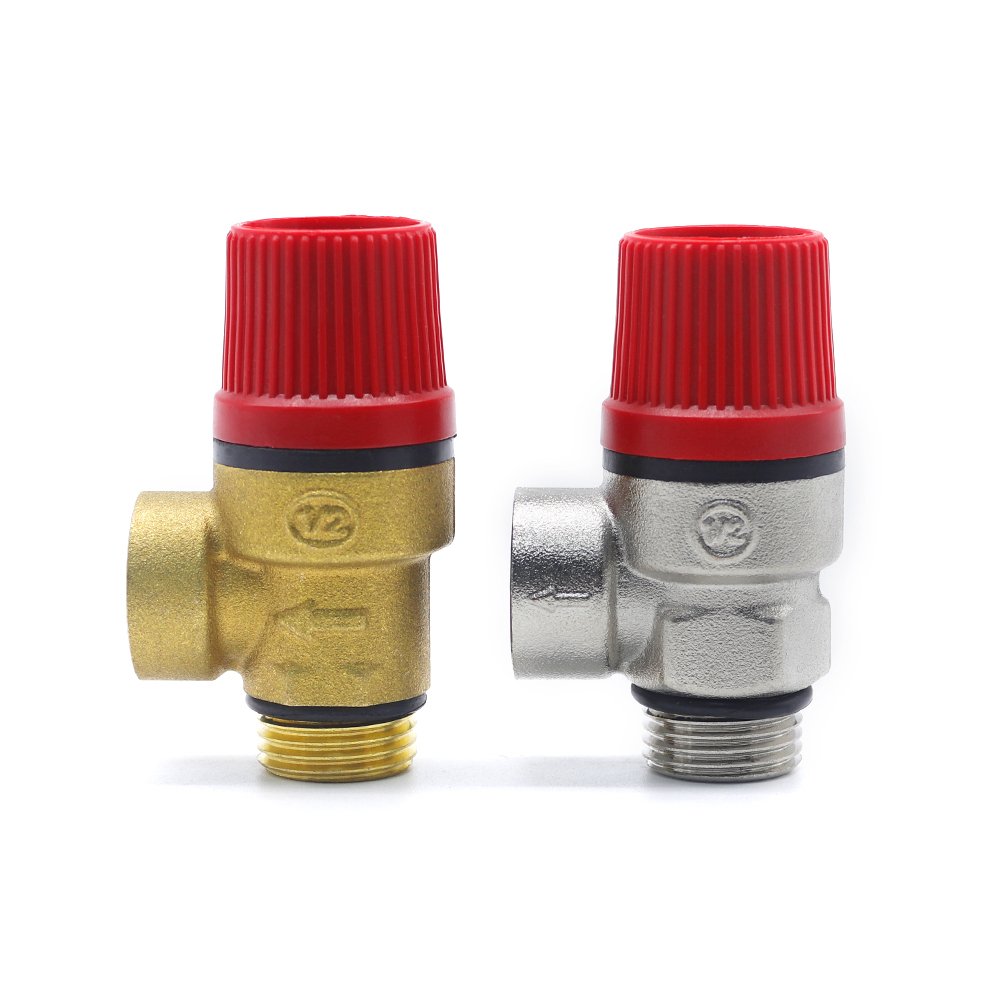A leaking safety valve in your boiler system is a headache nobody wants. It can waste water, spike energy bills, and even damage your equipment or property if ignored. The good news? You can fix this issue with the right steps and quality parts like a boiler pressure relief valve from IVALVECRAFT. Keep reading to learn how to tackle this problem and prevent future leaks.
To stop a safety valve from leaking, first check for high pressure or debris in the valve. Adjust the boiler pressure valve to 30 or 50 psi, clean or replace the valve, and ensure the boiler pressure relief valve discharge pipe is clear. If issues persist, consult a professional for boiler relief valve replacement to restore system safety.
This guide dives deeper into why leaks happen and how to fix them. Stick around to discover practical solutions for a leak-free boiler system.

Why Is My Boiler Relief Valve Leaking Water?
A boiler relief valve leaking water is often a sign of underlying issues in your system. One common cause is excessive pressure. If your boiler operates above the recommended pressure, say beyond 30 psi or 50 psi, the boiler pressure relief valve kicks in to release excess water, causing leaks. Check the boiler pressure relief valve location—usually near the top or side of the boiler—to confirm if pressure is the culprit. Another reason could be a faulty valve. Dirt, debris, or corrosion can prevent the valve from sealing properly, letting water drip out. Hard water deposits are notorious for this, especially in areas with poor water quality. Sometimes, the valve itself is worn out and needs boiler relief valve replacement. A damaged boiler pressure relief valve discharge pipe can also misdirect water, making it seem like the valve is leaking. Regular maintenance, like flushing the system, can help avoid these problems. If you’re unsure, IVALVECRAFT’s high-quality brass safety valves are designed for durability and stable pressure control, ensuring your system runs smoothly.
How to Stop a Boiler from Leaking?
Stopping a boiler leak starts with pinpointing the issue, often tied to the boiler pressure relief valve. First, check the pressure gauge. If it’s above 30 psi or 50 psi, you may need to adjust the boiler pressure valve or install a boiler pressure reducing valve to stabilize the system. High pressure is a common cause, so lowering it can stop the leak immediately. Next, inspect the boiler pressure relief valve location for debris or corrosion. A quick flush with clean water can clear minor blockages. If the valve is faulty, consider boiler relief valve replacement with a reliable option from IVALVECRAFT, known for sufficient flow rate and high quality. Ensure the boiler pressure relief valve discharge pipe is properly installed and free of clogs, as a blocked pipe can cause water to back up. For persistent issues, boiler pressure reducing valve troubleshooting might reveal problems like incorrect settings or a damaged valve seat. Always turn off the boiler and consult a professional if you’re unsure. Using durable components like IVALVECRAFT’s brass safety valves can prevent future leaks and save you time.
Summary
A leaking boiler relief valve can disrupt your operations, but addressing it is straightforward with the right approach. High pressure, debris, or a faulty valve are common culprits, easily fixed by adjusting settings, cleaning, or replacing parts like the boiler pressure relief valve or discharge pipe. Regular maintenance and quality components from IVALVECRAFT ensure long-term reliability. For boiler pressure reducing valve troubleshooting or replacements, trust our durable solutions designed for stable export pressure.
Choose IVALVECRAFT, choose reliable partner, enjoy the high quality and best service.


